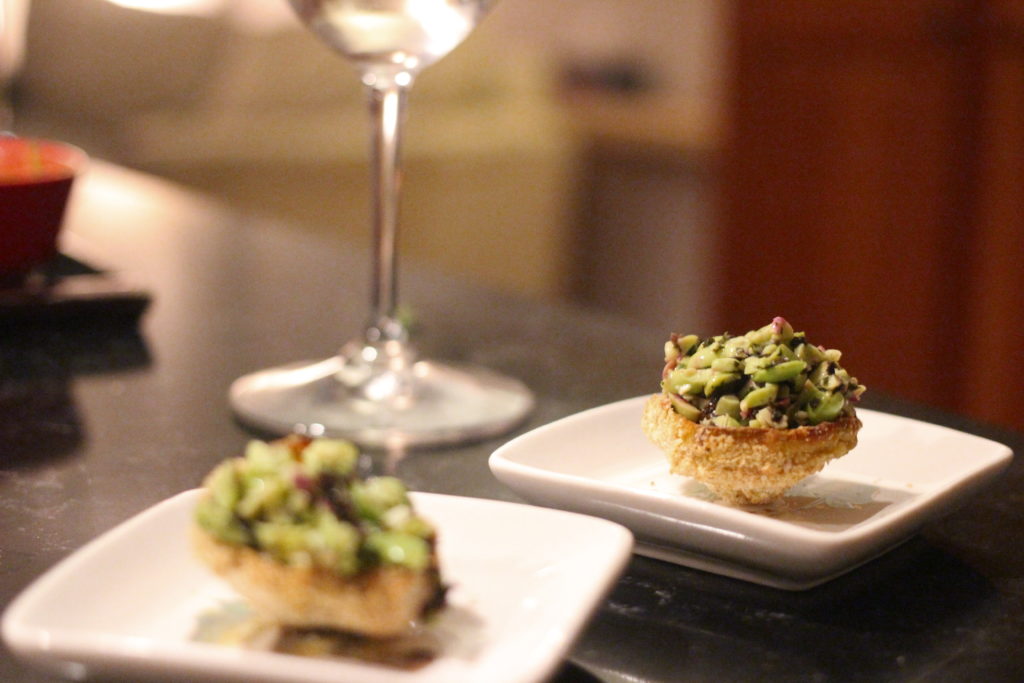
I get a little excited about sake (jump to the Photo Gallery below to see exactly how excited). Now that I’m a grown-up, I made my first private import order of sake from Sébastien Langlois of Bacchus76. He’s recently started bringing in a bunch of nama, unpasteurized sakes that aren’t available at many restaurants or in the SAQ. And since Montreal’s sake selection used to be pathetic compared to even Toronto and Vancouver, not to mention New York, LA and San Francisco, so I had to make an order.
Then I realized at Kampai Montreal last fall (the first time the Toronto fest came to La Belle Province) that a few Ontario import agencies were moving into Quebec too, including Metropolitan Premium Wines and Sakes and Ozawa Canada – which immediately made me think TV segment.
So I met with their owners and local sales reps, Vivian Hatherell (Metropolitan), Jena Lynne Sapinoso (Metropolitan rep in Montreal) and Shotaro Ozawa (Director of Sales and Marketing, Ozawa Canada) and got some samples for the show.
The thing about private import orders, though, is items come in cases of 3, 6 or 12. And while I have no problem with 12 bottles of something delicious, sake is generally meant to be drank within a year, it was an expensive order and, practically, I don’t have room for all that sake in my fridge, since unpasteurized sakes should be refrigerated. (I would have room if I didn’t have 10 litres of homemade kimchi in there, but the kimchi was there first…)
What to do, what to do…
Split the order with friends! But who’s willing to drop $30-$80 on a single bottle of sake? Who’s as obsessed as me with nama sakes and Junmai dai Ginjos? The fact that the SAQ selection is so bad is not helping Montrealers sake education one bit.
Fortunately, I have a great network of foodies and wine importers. And slowly, I found more and more people who wanted a bottle of this or a bottle of that. (Sebastien will soon be releasing a new list, and it looks amazing, so if anyone is interested…
Why Throw an Elaborate Sake Pairing Dinner?
I have one friend in particular who imports natural wine, which is a bit like the wine version of nama sake. Fresh, alive, vibrant. The trick is to find high quality, because not pasteurizing sake doesn’t in and of itself make it great. But I had high quality, and I told my importer friend about my sake score.
…and he wasn’t very excited! He reluctantly agreed to buy one bottle. No, no, no, I thought. He should be pumped! So I decided to throw a five-course sake pairing dinner to make him more excited (and to let him explore the flavours, breweries and qualities of sake).
And then he cancelled last minute. Boy, was I miffed. I’d bought and marinated my quail, I’d stocked up on artichokes, I’d bought my sashimi grade tuna from La Mer, I’d been saving my green pepper (because it was the only thing I’d yet to find that paired with the super dry and watery Otora – now my favourite drinking sake of the bunch, and not even a Junmai dai Ginjo).
But my cousins were still coming. And I roped in another friend who I knew would appreciate it.
And I couldn’t really be that upset at a man who in the past had generously opened fancy fancy and artisanal Champagne with me to go with my so-so gluten free, dairy free rendition of lemon pasta and caviar.
Still, I feel a bit like a child tugging at his checkered shirt sleeve, saying, “See? Look what I made!” Because it was awesome. Here are the photos. The explanations for the pairing choices are below.
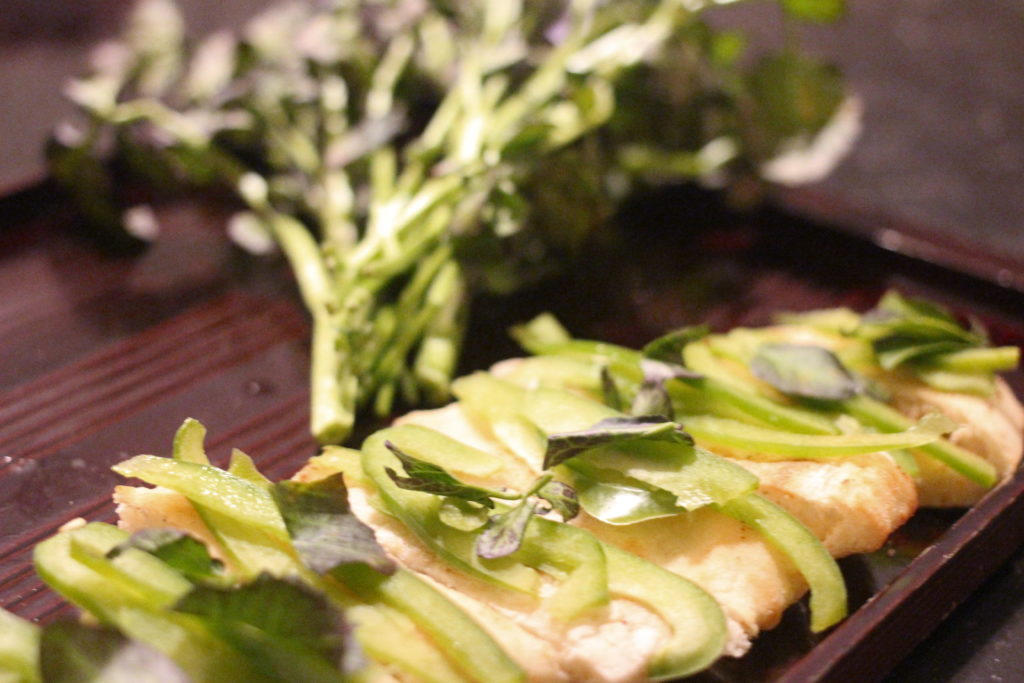
Focaccia with green peppers and watercress 
Focaccia sake pairing: Orota 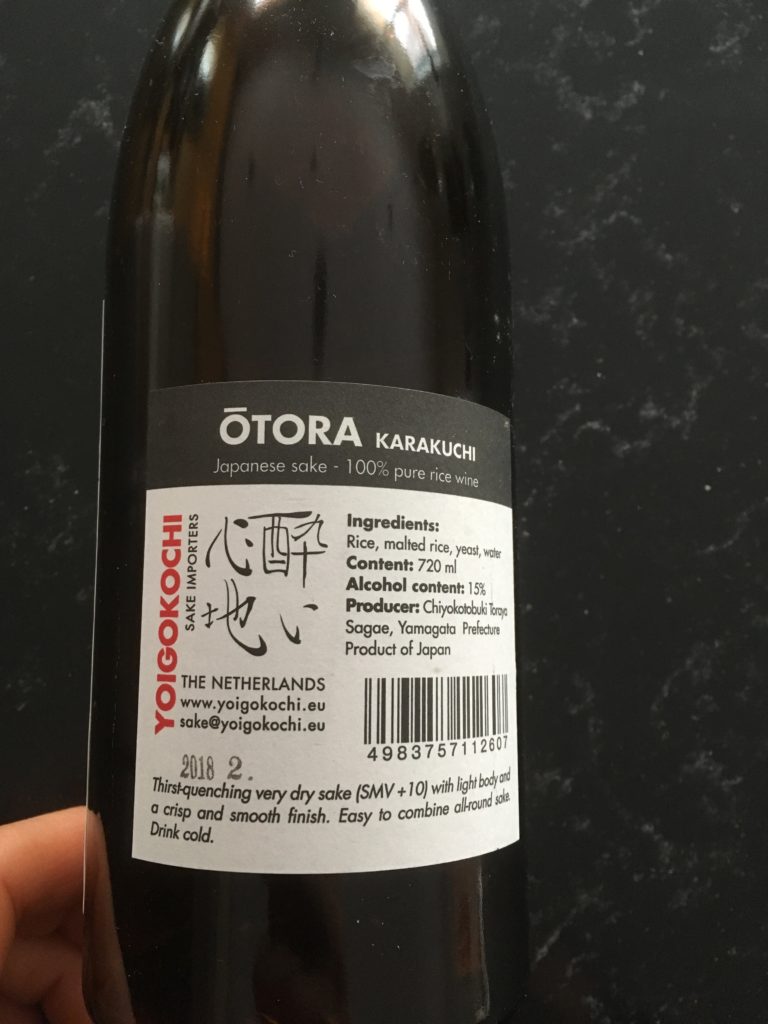

Panko-crusted artichoke hearts with edamame, shiso and green onion stuffing 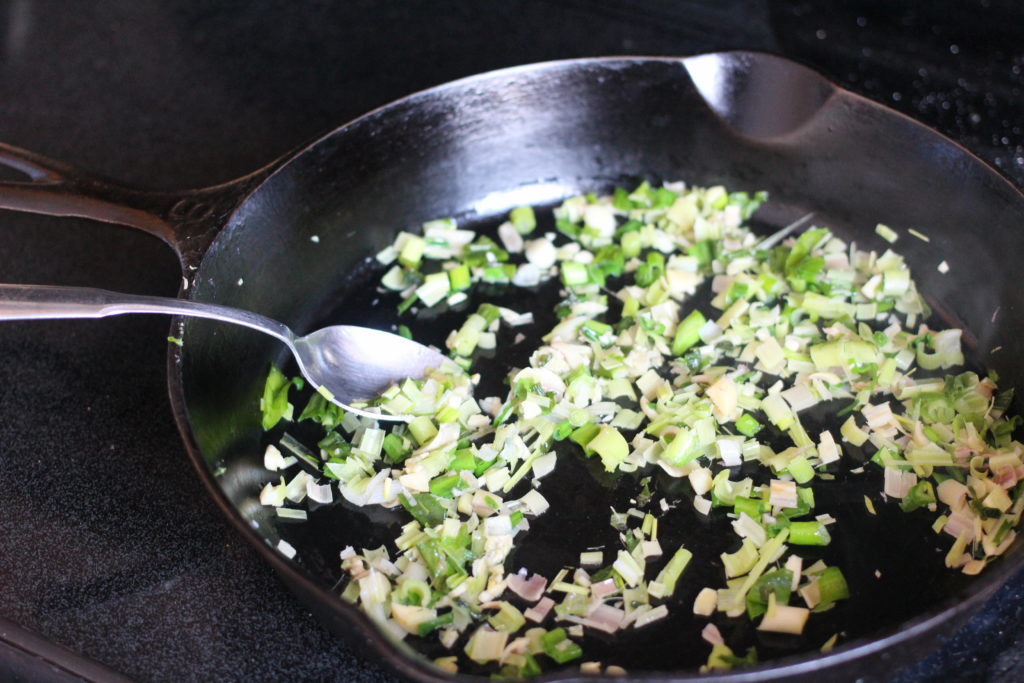
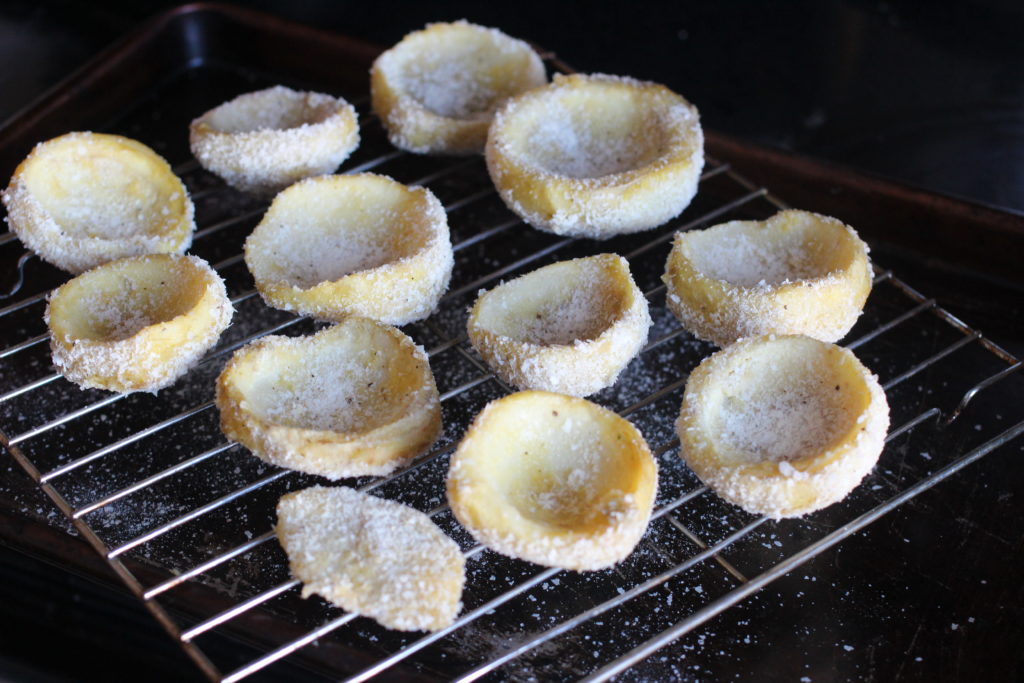
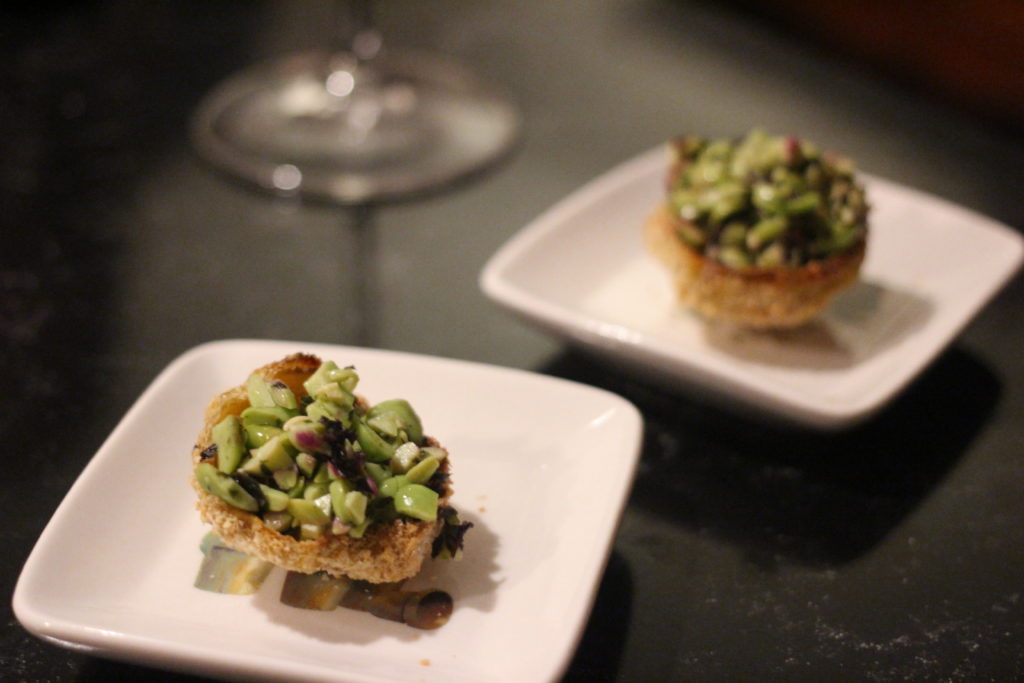
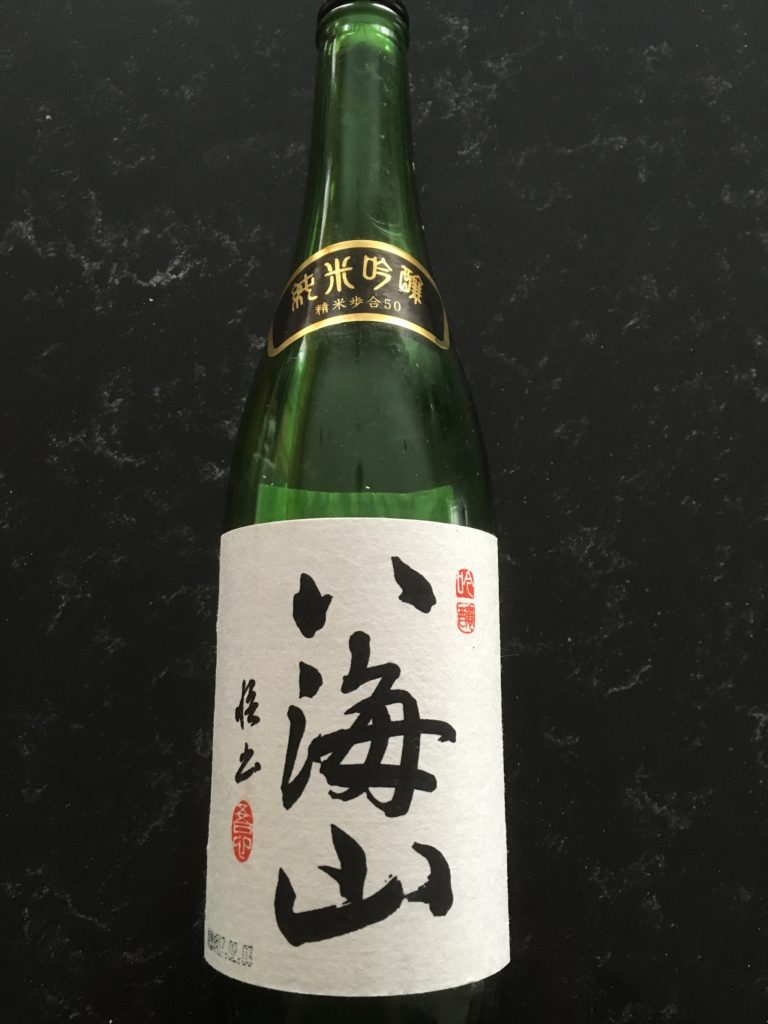
Artichoke and edamame sake pairing: Hakkaisan Junmai, but poloshed enough to opfficially be a Junmai dai Ginjo 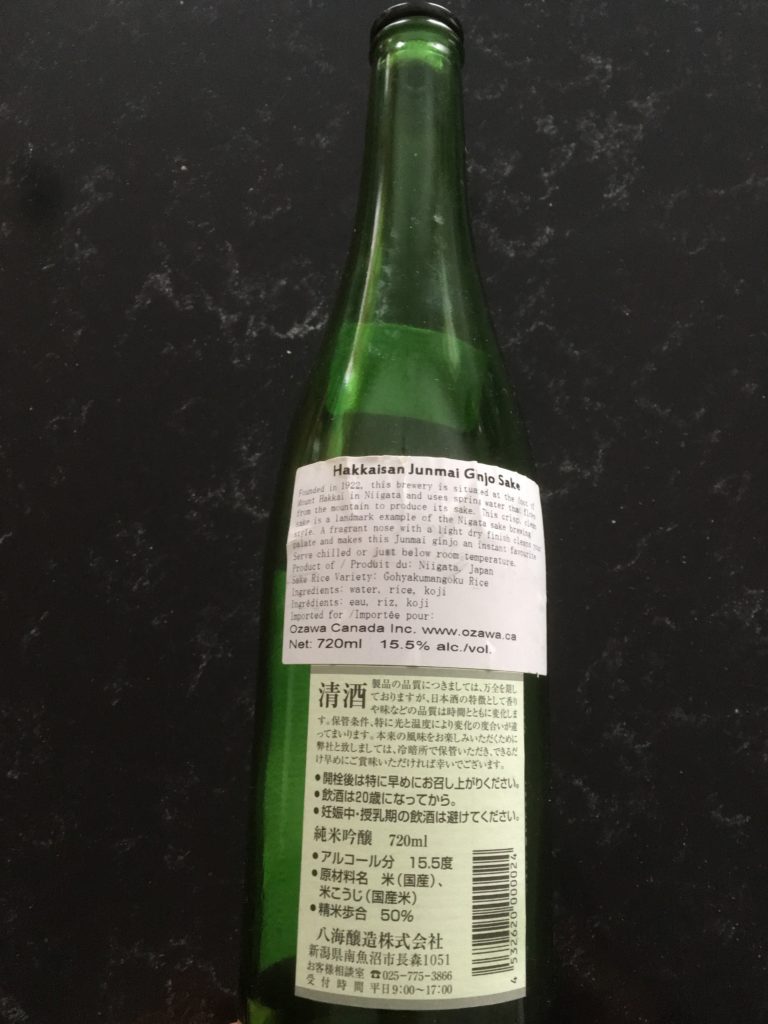
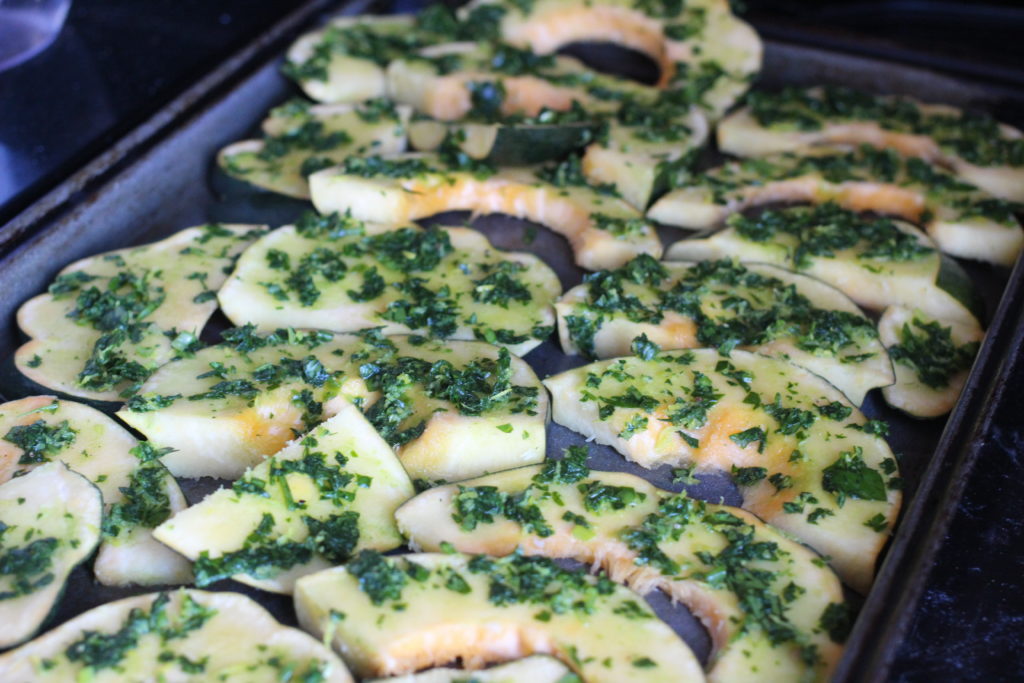
Roasted squash slices with gremolata 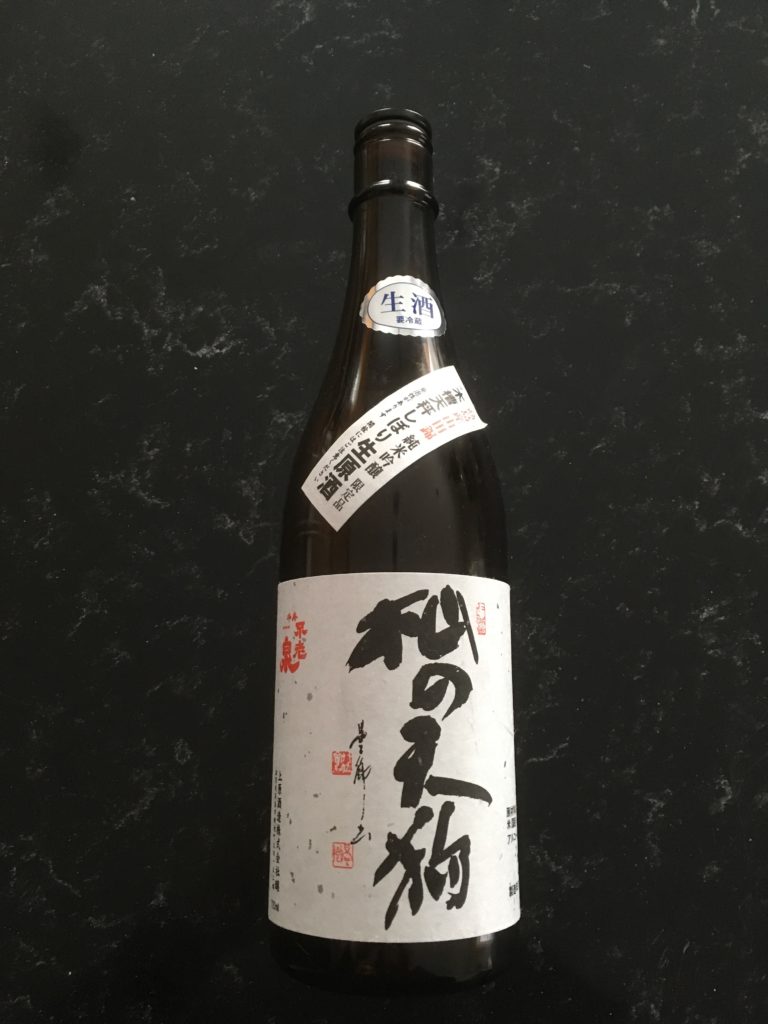
Squash slices pairing: Soma No Tengu junmai dai ginjo 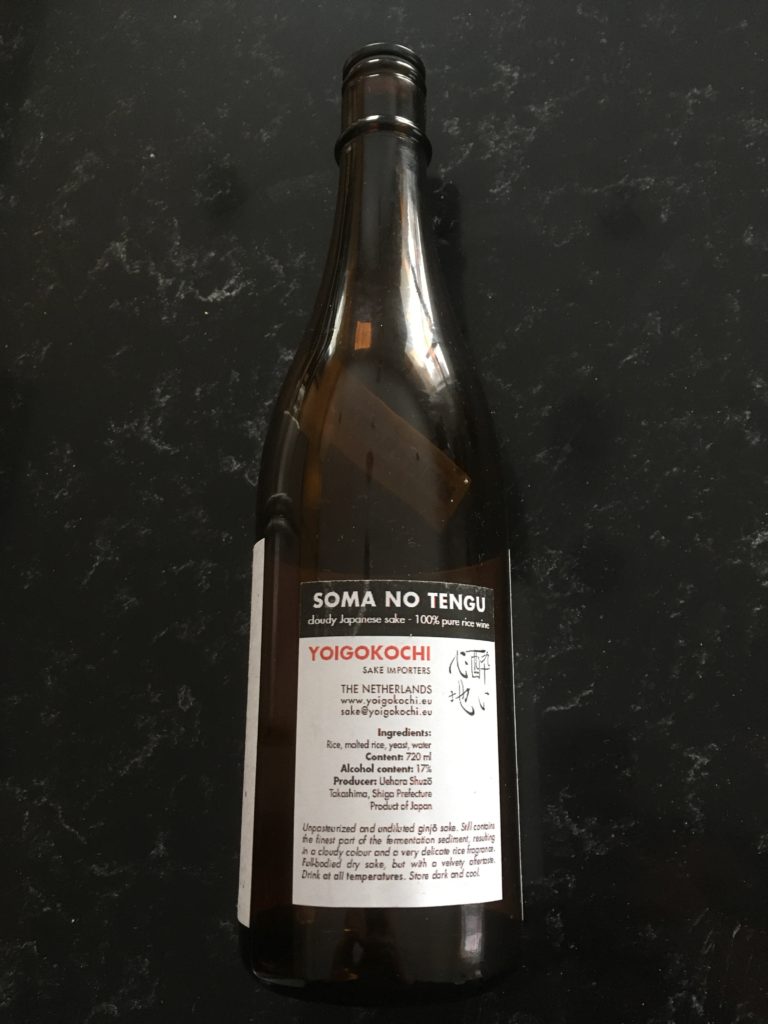
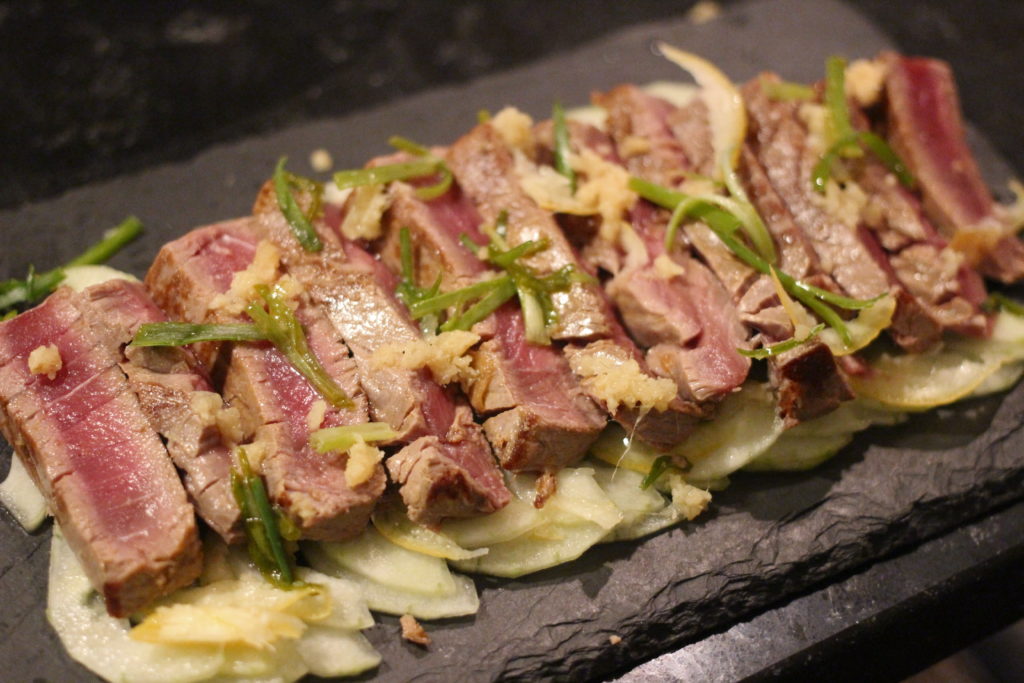
Seared and ponzu-marinated tuna with cucumber and lemon 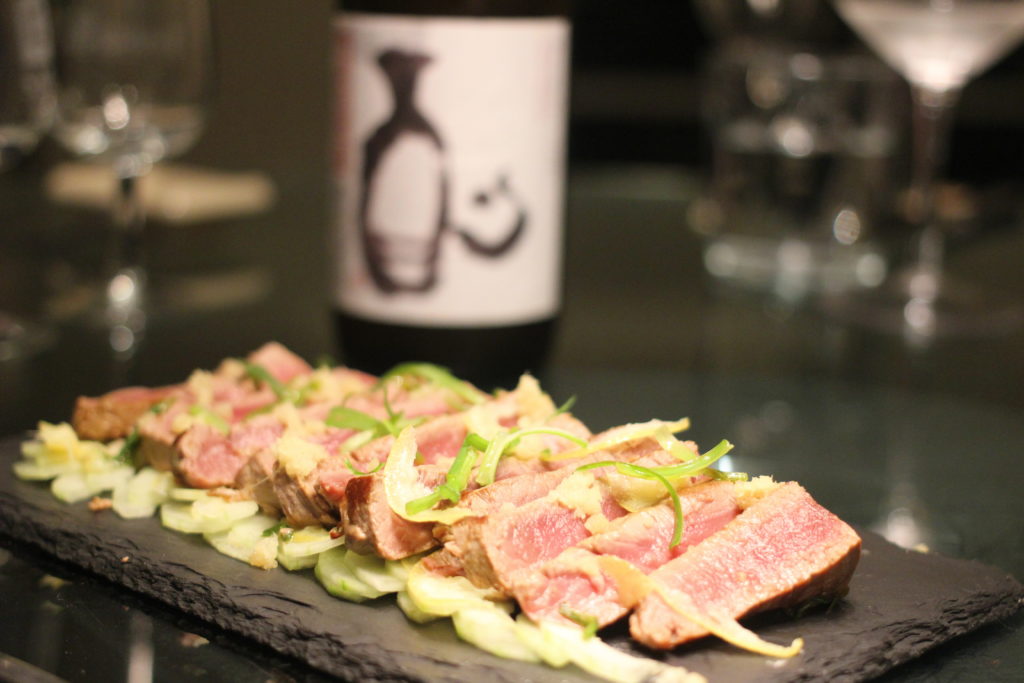
Tuna pairing: Toji No Banshaku honjozo – Brewmaster’s choice 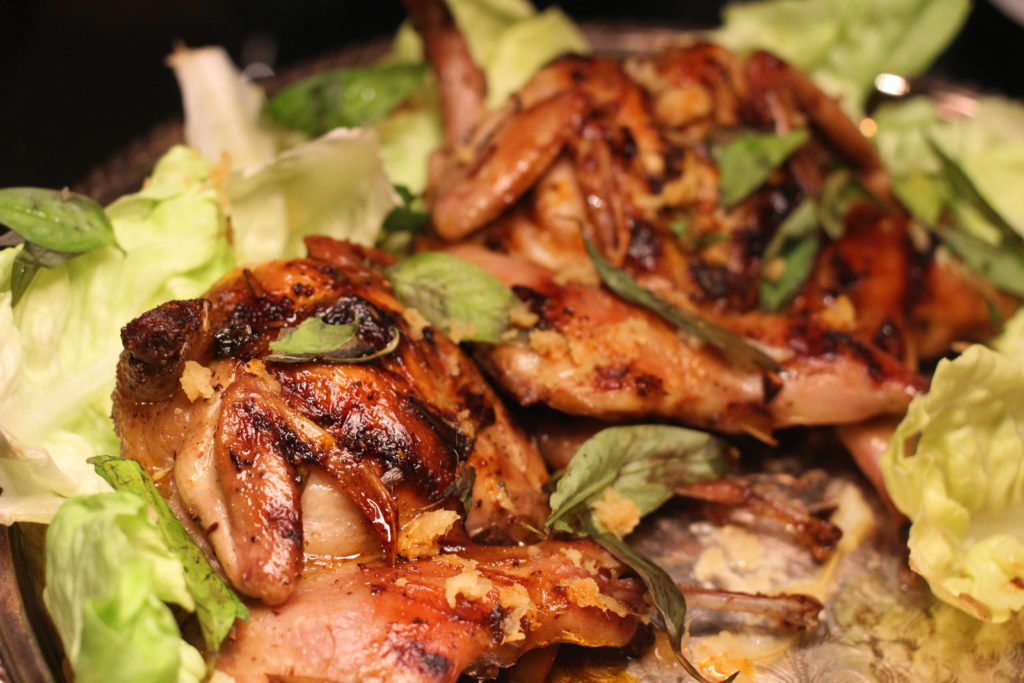
Marinated and grilled quail with star anise and smoked chili oil 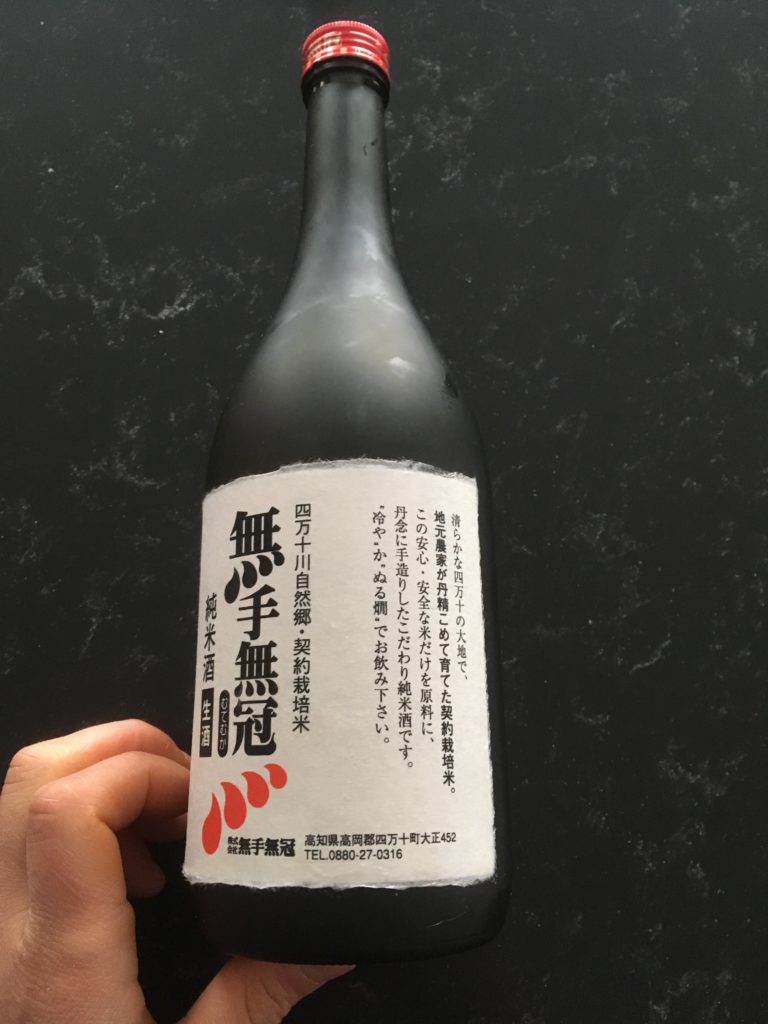
Grilled quail pairing: Mutemuka organic nama 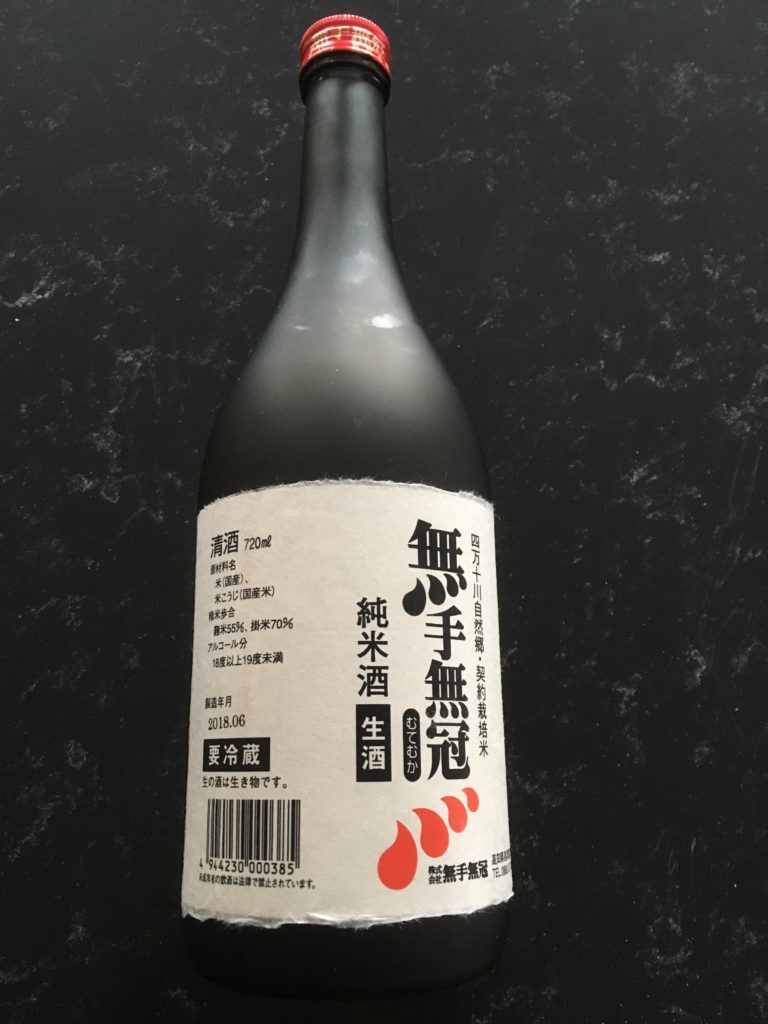
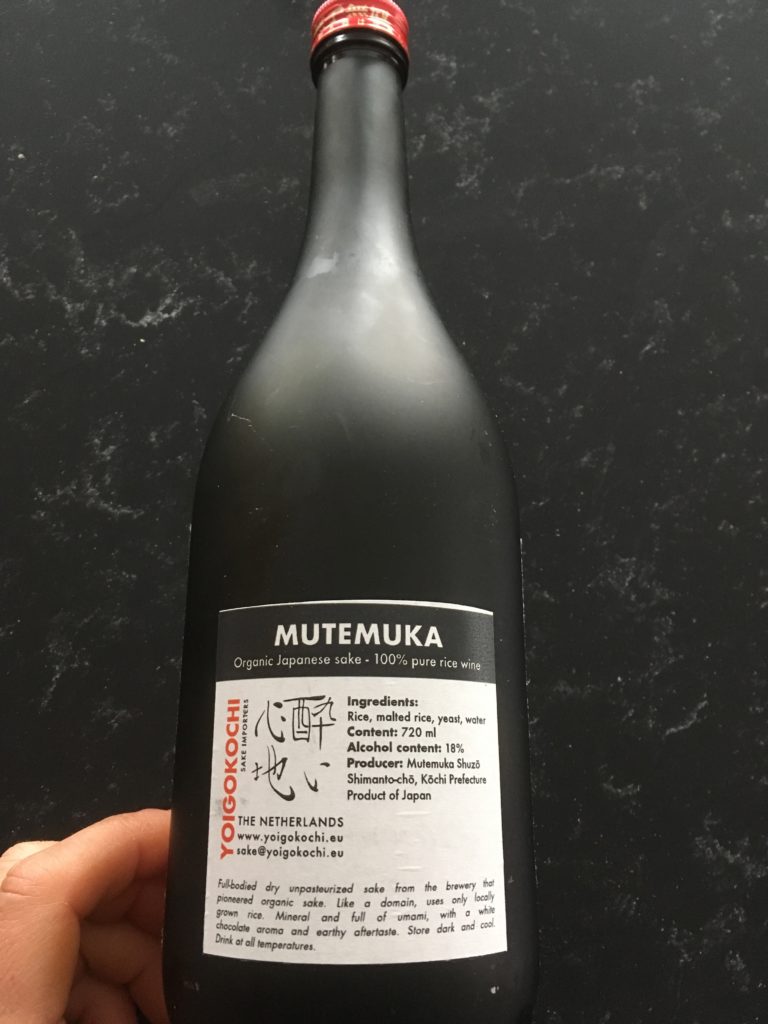
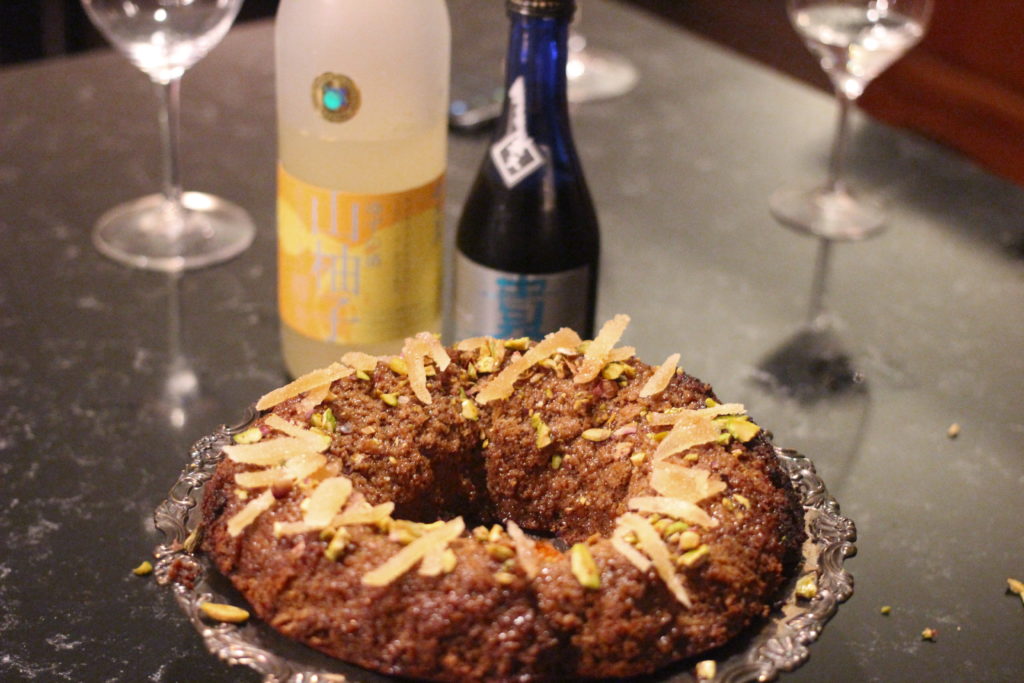
Almond-orange pound cake with crystallized ginger and pistachios 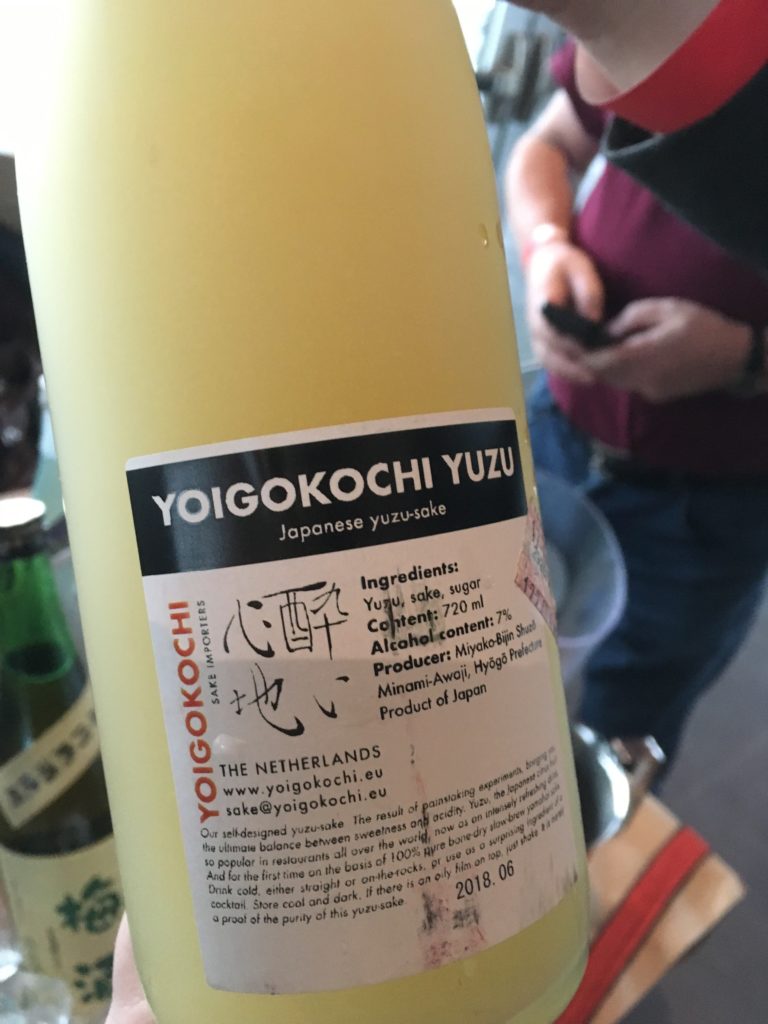
Almond-orange cake sake pairing: Yoigokochi Yuzu – mountain yuzu lemon sake 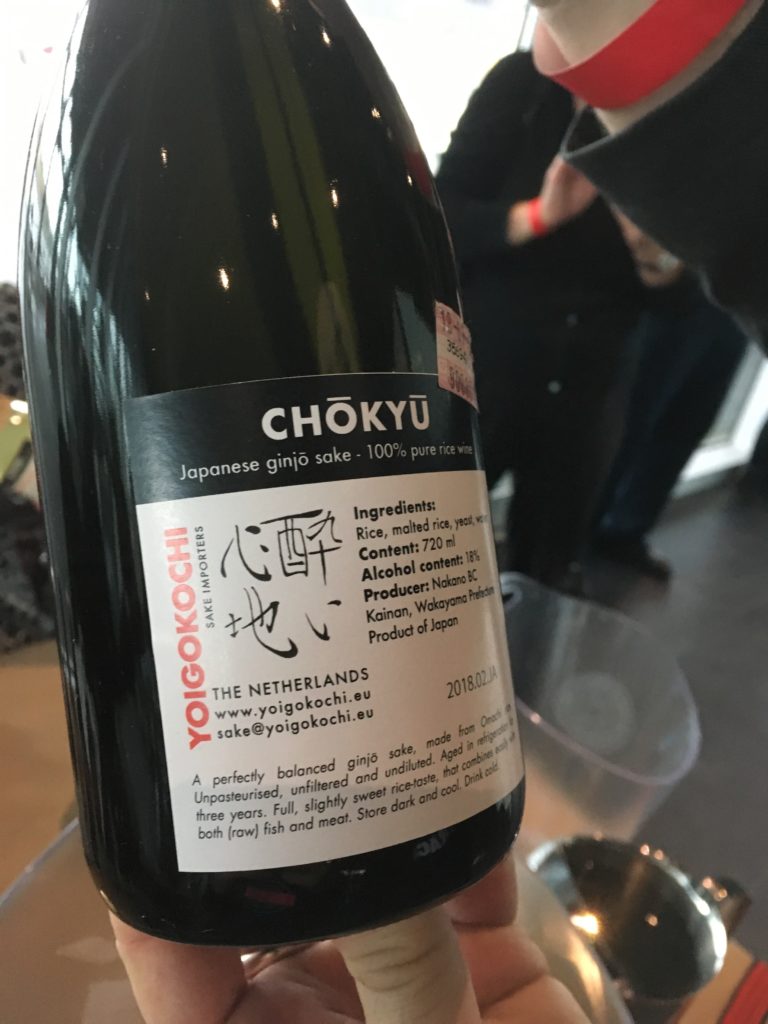
Almond-orange cake sake pairing #2: Chokyu aged Port-like nama cho sake 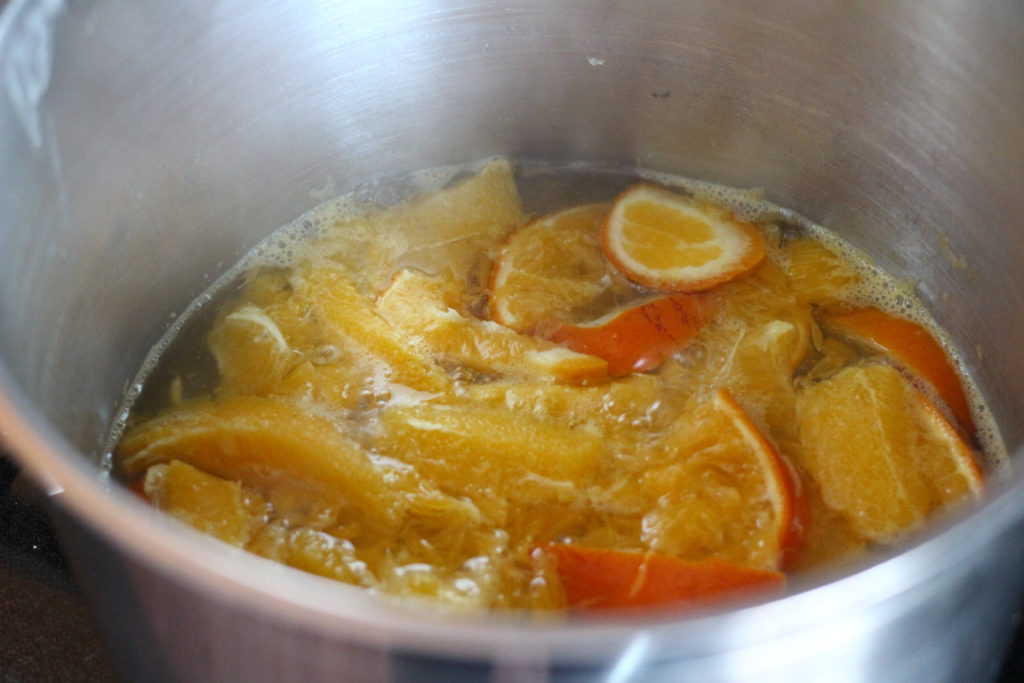
Stewing the oranges for the cake 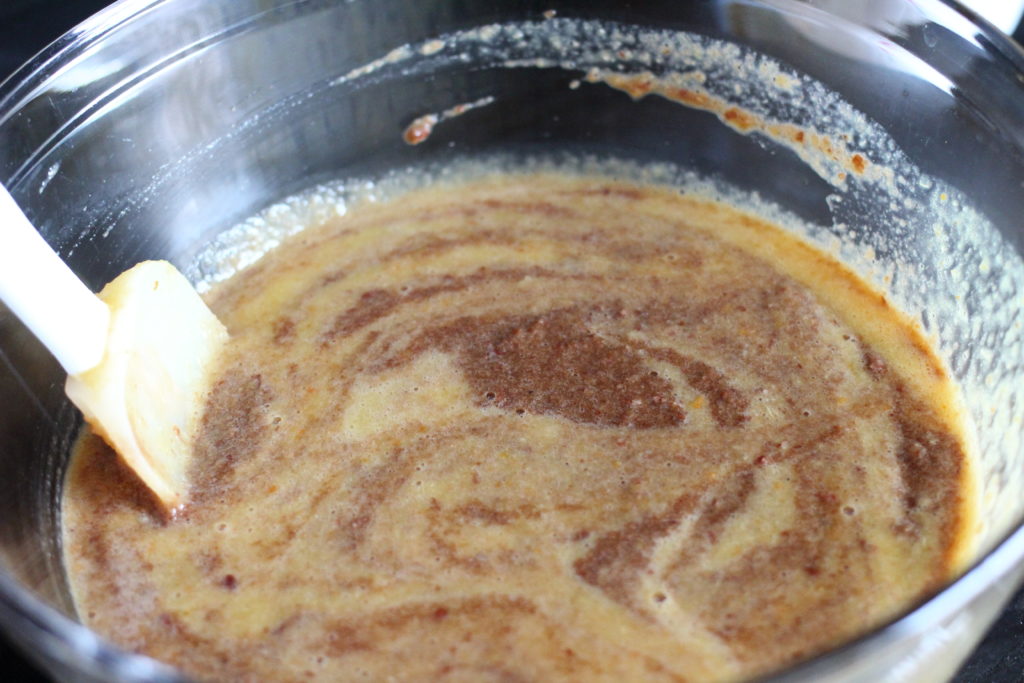
Mixing the oranges into the cake 
The finished cake, garnished with pistachios and candied ginger slices
I spent weeks testing pairings and the hardest one was the first:
Otora from Sebastien Langlois
Tomatoes? Nope. Meat? Nope. Fennel, grapes, apple, really no. And then: green peppers! Perfect. This sake has such a high SMV+ value (the higher, the drier) that it couldn’t handle anything even remotely sweet. Bitter and watery, though, it was perfect. So I had this cauliflower pizza crust that I cut into focaccia, toasted and topped with green pepper slices and watercress. It was the ugliest dish of the dinner, but the pairing worked.
Hakkaisan Junmai from Ozawa Canada
Then I made a super refreshing stuffed artichoke hearts dish as a variation on a Yotam Ottolenghi recipe from Plenty. Mine had green onions instead of garlic, edamame instead of lima beans and shiso that I’d frozen from my summer gardening instead of whatever herb it called for. It was bright and salty and lemony and delicious, so I figured it needed a straight-up, refreshing sake. Not too dry, not too sweet, but an easy sipper. The Hakkaisan Junmai worked. There’s a three-year aged version of this, but the high polish of the Junmai (really a Junmai Dai Ginjo since each rice kernel is polished to 50% of its original size, but not marketed as one) made it elegant enough to bring out the freshness of the artichoke’s edamame stuffing.
Soma No Tengu from Sebastien Langlois
Next were roasted squash slices with a garlic-free gremolata. The Soma No Tengu is a partially cloudy (not fully filtered) nama, with tons of extra flavour from that leftover rice mash that wound up in the bottle. It tastes a bit sweeter, but the SMV+ doesn’t reflect that, so it’s officially pretty dry. I figured with the sweet squash and sour lemon, with a bit of bitterness from the green onion, this would work. I think it did.
Toji No Banshaku from Ozawa Canada
I love the flavour of this honjozo, which has cane sugar alcohol added to bring out flavours in the rice mash (not to increase the alcohol percentage or dilute it; it’s still high quality). It’s got some floral notes, but it’s not as aromatic or big as the Soma No Tengu, but we were going backwards a bit with the tuna anyway. I think this was my least favourite pairing, but mostly because the tuna marinade was so sour from the lemon. The sake was actually a refreshing break from the harshness of the dish. The tuna had a great texture, seared on the outside and quasi raw on the inside, but there just wasn’t much flavour. Montreal’s not a fish city, despite what people think.
Mutemuka from Sebastien Langlois
But the quail! Montreal has excellent quail. I chucked it in a little marinade with star anise from the cookbook Heavenly Fragrance and grilled it to perfection (I think). Thank goodness I tested this recipe, because the first time, it needed a lot more salt. But my thinking for the pairing with the Mutemuka – a nama sake made with organic rice, that smells woody and chocolate-y, some say white chocolate-y, whatever that means (creamy) – was that the sweetness of the star anise and the smoked chili oil I’d drizzle on at the end would play off the sake. The chili oil was a bit too subtle, and the quail maybe still not salty enough, but the sake itself is impressive. Each sake I served was completely different, but this one stands out as unique.
Yamayuzu Mountain yuzu sake from Ozawa Canada
Think the limoncello of Japan. From the area of Japan that produces a lot of yuzu, this is a mountain-made sake. It’s not super high sugar like limoncello, and is actually low in alcohol at 8%. But that just makes it easier to drink, and it was lovely with the incredibly moist almond-orange cake I made and topped with pistachios and candied ginger.
The cake was also perfect with the closer: an aged Port-like sake:
Chokyu from Sebastien Langlois
This nama cho is made by taking an aged sake and adding fresh sake. The colour is Port-like orange-red and the flavour is fresh because of that young sake addition. Not cloying at all. But the perfect digestif.
How to Throw Your Own Sake Pairing Dinner Party
If you’re thinking you’d like to throw a sake pairing party, here’s my advice:
- Try each sake in advance and drink it with a range of foods. Does it need something sour, bitter, bland, acidic, spicy, watery, sweet or umami?
- Choose dishes that can be partially prepped in advance, so the work between courses is low. Your guests will appreciate not having to sit and wait for an hour between dishes. And you’ll actually get to enjoy the party, too.
- Don’t just buy the cheap sake at the SAQ. Find some interesting bottles (split private import cases with friends, pick some up the next time you’re travelling)
- Think about the progression of dishes. Start with simple small plates and then get into bigger and richer flavours
- Give half glasses or tasting glasses of each sake or your guests will be rolling themselves out the door. No problem to give seconds if they love one, but you want to make sure they make it to (and appreciate) the last sake as much as the first.
- Don’t just think Asian food. Sake pairs well with everything from butter sauces (or dairy free Earth Balance sauces…) to Texas BBQ to vegan quinoa bowls.
WHERE TO ORDER THESE SAKES
To order nama sakes from Bacchus76: sebastien@bacchus76.com (Ask him to send you his whole list – it’s awesome; the other companies’ lists are online)
To order sake from Metropolitan Premium Wines and Sakes: http://www.metrowines.com/
To order sake from Ozawa Canada: http://www.ozawa.ca/
Leave a Reply